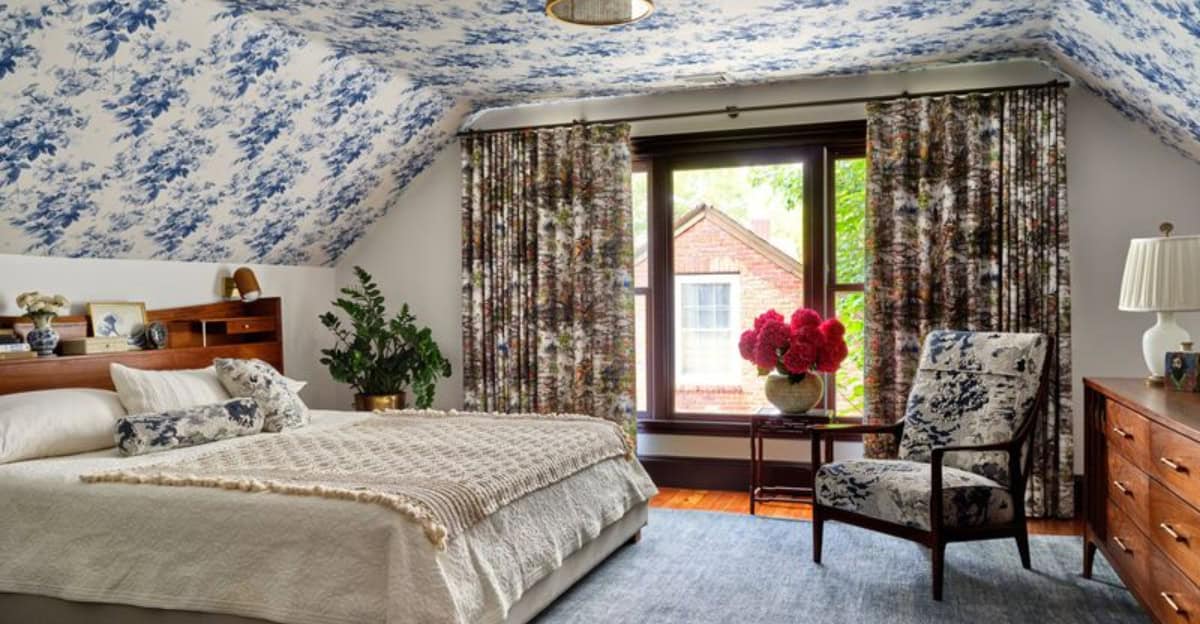Wallpaper can transform a room, adding character and elegance with ease. However, even the most gorgeous wallpaper can fall flat if not applied thoughtfully.
Designers, with their keen eye for detail, immediately notice certain pitfalls when it comes to wallpaper application.
From mismatched patterns to improper lighting, there are many factors that can affect the overall aesthetic.
Let’s explore the common wallpaper mistakes that can alter your room’s vibe and how to avoid them for a flawless finish.
1. Mismatched Patterns

Patterns can make or break a room’s design. Opting for mismatched patterns can create visual chaos. Designers often emphasize harmony in design, and when patterns clash, it disrupts the eye.
Choosing patterns with a similar color palette or theme can create a cohesive look. For instance, pairing floral with geometric can work if they share complementary colors.
Avoid random combinations that don’t tell a visual story. Instead, balance bold patterns with softer tones or solids to give the eyes a place to rest.
Keeping the scale of the patterns in mind is crucial to maintaining visual balance.
2. Poor Wallpaper Installation
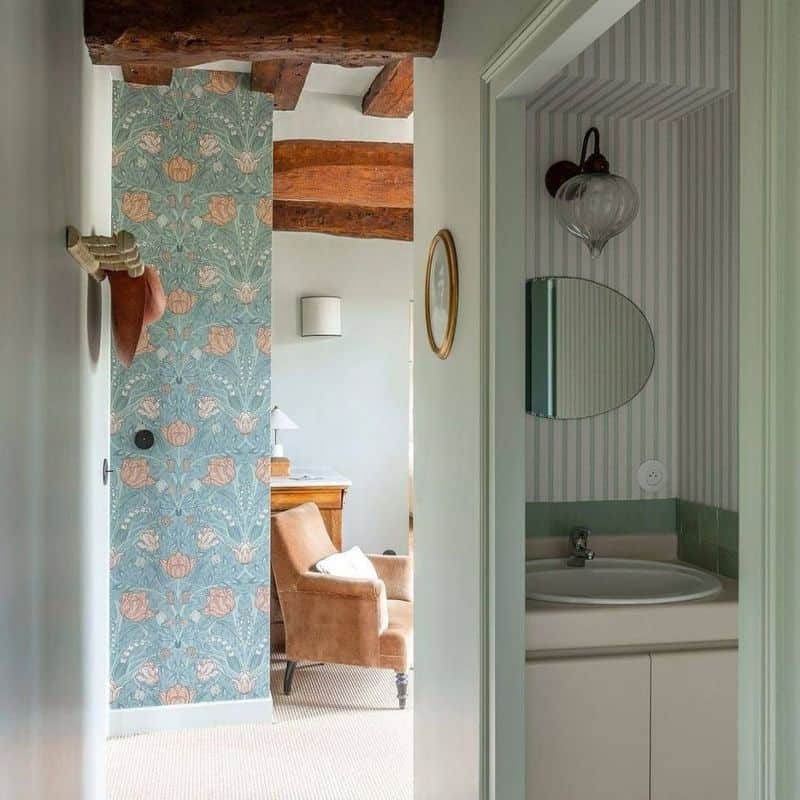
Proper installation is key to a flawless wallpaper look. Designers immediately notice when wallpaper is poorly installed.
Air bubbles, uneven edges, and peeling corners can ruin the aesthetic appeal. It’s essential to prepare the wall surface properly before application.
Using the right adhesive and tools ensures the wallpaper adheres smoothly and lasts longer. Hiring a professional can make a significant difference, especially for intricate patterns or expensive materials.
With patience and precision, even DIY enthusiasts can achieve a seamless finish that impresses anyone who enters the room.
3. Ignoring Room Lighting
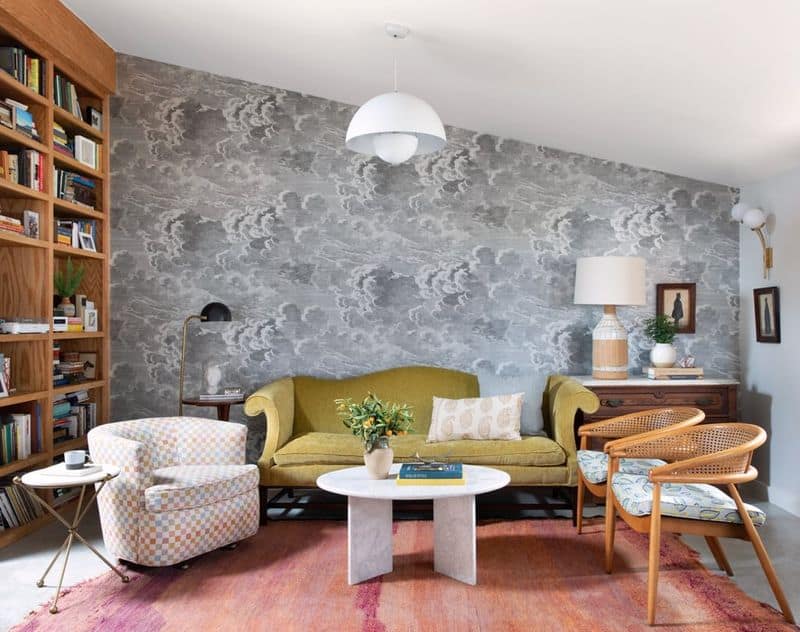
Room lighting plays a vital role in wallpaper selection. Dark wallpaper in a poorly lit room can make the space feel even smaller and gloomier.
Designers often recommend assessing how natural and artificial light interacts with the wallpaper.
Light-colored wallpaper can reflect light, enhancing the room’s brightness, while dark shades can create a cozy ambiance in well-lit spaces.
Consider using wallpaper with metallic or reflective finishes to add a touch of light play, creating depth and interest in the room’s design. A well-lit space can make any wallpaper look its best.
4. Overwhelming Bold Colors
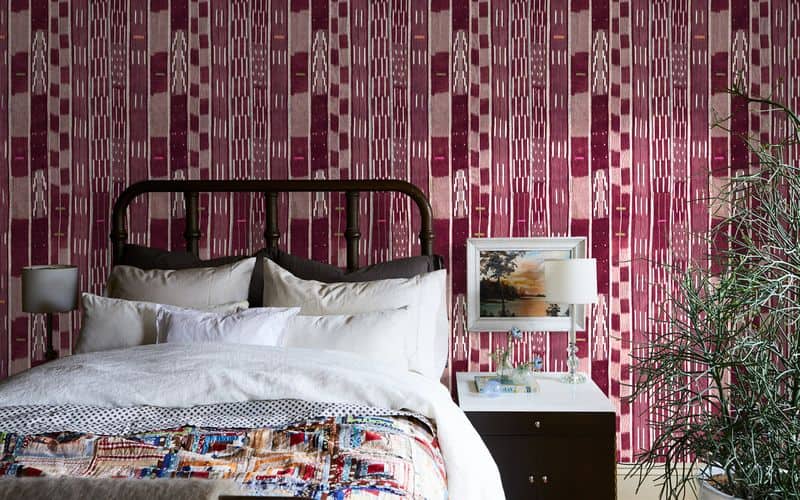
Bold colors can inject life into a room, but too much can be overwhelming. Designers notice when a space is overpowered by intense colors, which can clash with furniture or decor.
It’s crucial to consider the room’s function and existing elements before choosing bold hues.
Muted or neutral wallpapers can act as a backdrop, allowing other design elements to shine. If you love bright colors, consider an accent wall instead.
This approach provides a pop of color without overwhelming the senses, maintaining harmony in the overall design.
5. Incorrect Wallpaper Scale
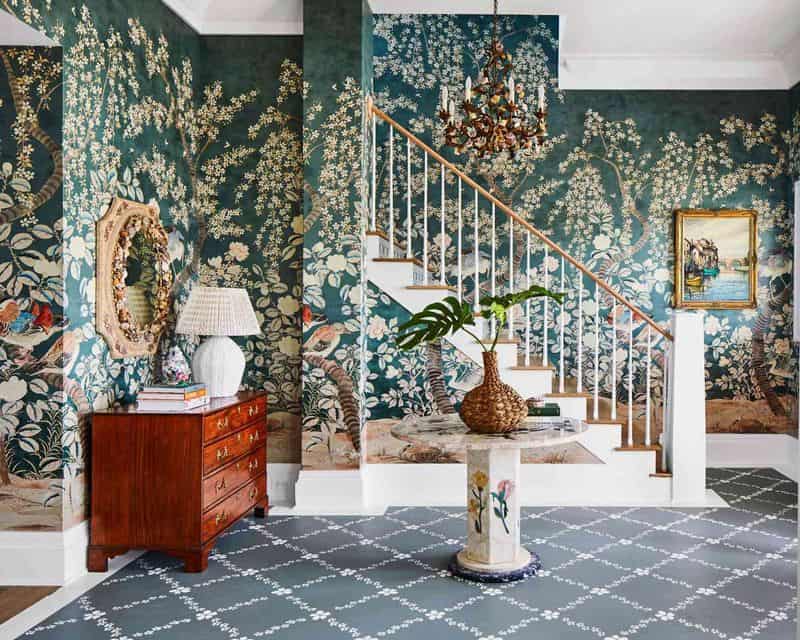
The scale of the wallpaper pattern is essential in enhancing a room’s proportion. Small patterns in a large room can make the space look cluttered and busy.
Designers often opt for larger-scale patterns in spacious rooms to fill the area adequately and add interest.
Conversely, large patterns in small spaces can be overpowering. Choosing the right scale can enhance the room’s ambiance and style.
Always consider the room’s dimensions and furniture arrangement when selecting wallpaper, ensuring the design complements rather than overwhelms the space.
6. Ignoring Room Functionality
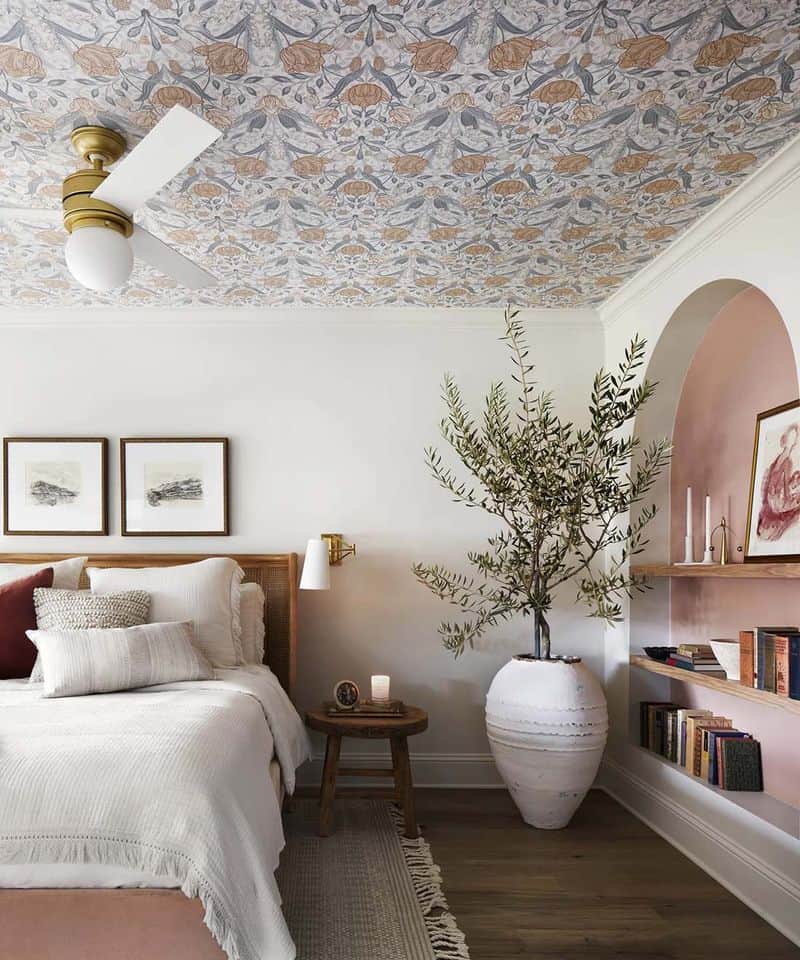
Understanding a room’s functionality is crucial before selecting wallpaper. Delicate materials in high-traffic areas, like playrooms, can quickly become damaged.
Designers focus on choosing durable, easy-to-clean wallpapers for such spaces.
Vinyl or washable wallpapers are ideal for areas prone to dirt or moisture. On the other hand, a formal living room might benefit from luxurious, textured wallpapers.
Matching the wallpaper’s durability with the room’s use ensures longevity and maintains its aesthetic appeal. Thoughtful selection according to functionality is key to sustaining a room’s elegance.
7. Neglecting Texture
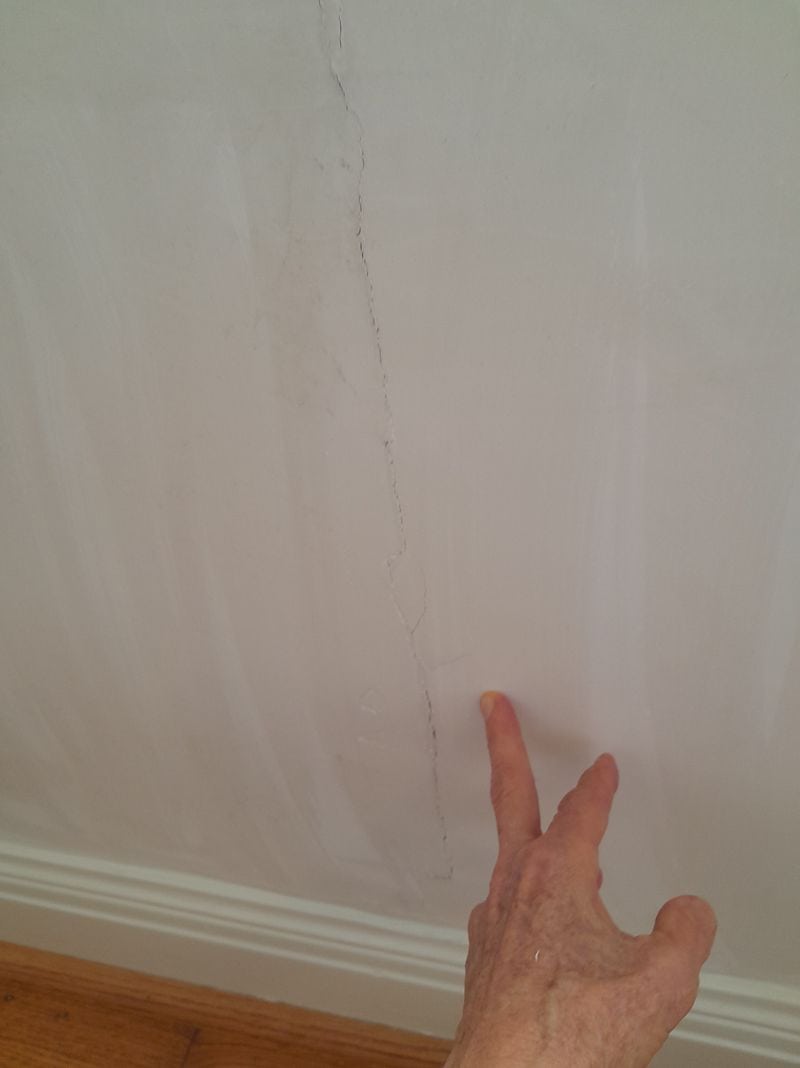
Texture adds depth and dimension to a room. Flat wallpapers can make a space feel lifeless and uninspiring.
Designers often incorporate textured wallpapers to create interest and tactile appeal. Whether it’s grasscloth, embossed, or fabric wallpaper, texture can transform the room’s mood.
It’s vital to balance texture with other design elements. Too much can overwhelm, while too little can fall flat.
Consider combining textured wallpaper with smooth furnishings for a balanced look. Texture can highlight specific areas, creating focal points and adding layers to the interior design.
8. Inconsistent Theme
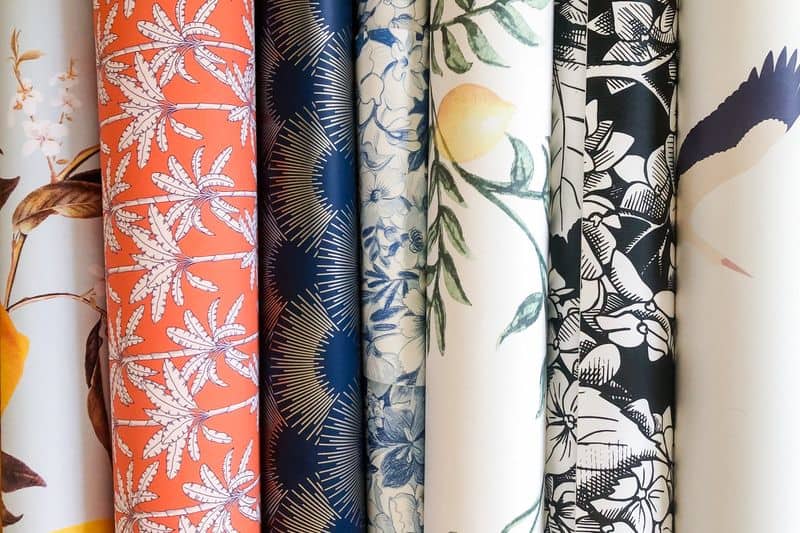
A consistent theme ties the room’s design together. Using wallpaper that contradicts the room’s theme can disrupt the aesthetic flow.
Designers aim for thematic consistency, ensuring wallpaper complements the decor style.
If your home has a modern, minimalist vibe, traditional floral wallpapers might feel out of place. Instead, opt for sleek, understated designs that echo the room’s other elements.
Ensuring consistency in theme helps create a harmonious environment, where every design choice feels intentional and cohesive, enhancing the overall visual narrative.
9. Neglecting Ceiling Height
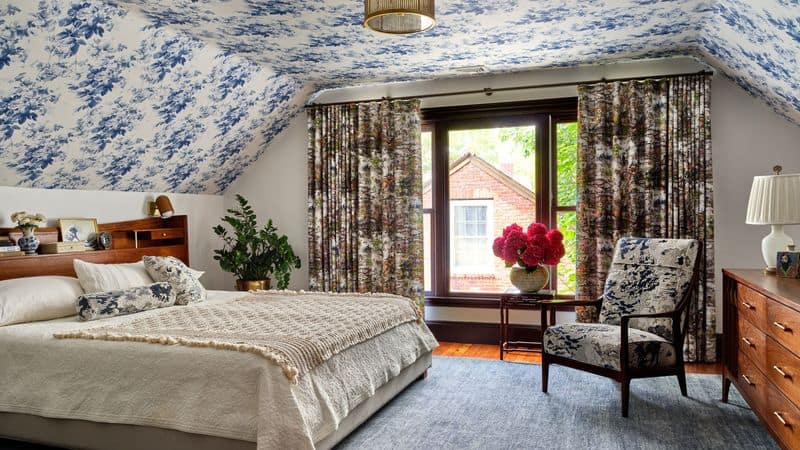
Ceiling height can influence wallpaper choice significantly. In rooms with low ceilings, horizontal stripes can make the space feel even shorter.
Designers often use vertical patterns to draw the eye upward, creating an illusion of height.
Rooms with high ceilings can benefit from horizontal patterns that help balance the space. Consider how the wallpaper interacts with architectural features, enhancing or diminishing the room’s proportions.
Thoughtful consideration of ceiling height can transform how a space is perceived, crafting a more inviting and proportionate environment.
10. Improper Surface Preparation
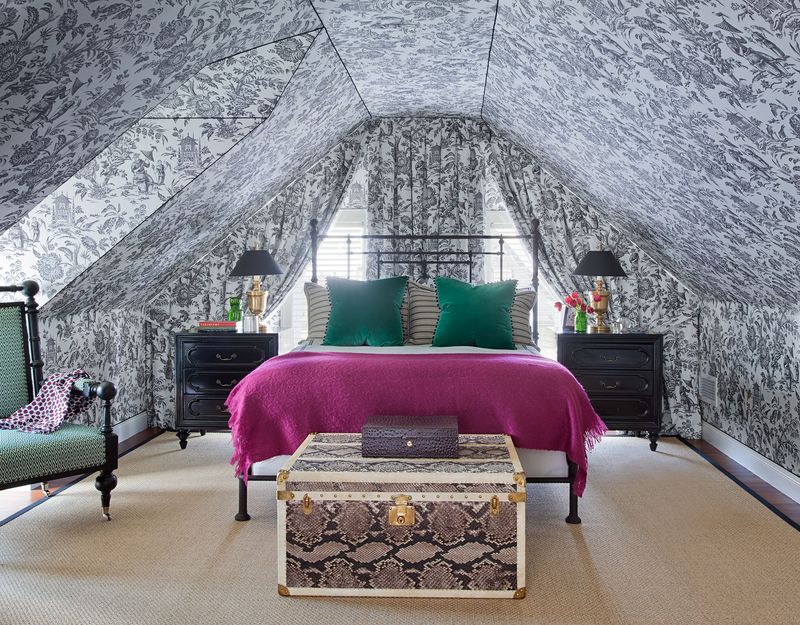
Surface preparation is crucial for flawless wallpaper application. Uneven surfaces can lead to visible seams and imperfections, detracting from the design.
Designers stress the importance of smoothing walls, removing old wallpaper, and filling in holes before applying new wallpaper.
Proper preparation ensures the wallpaper adheres well and maintains its visual appeal over time. It can also prevent future problems like peeling or bubbling.
By investing time in thorough preparation, you can achieve a polished, professional look that elevates the room’s overall design.

